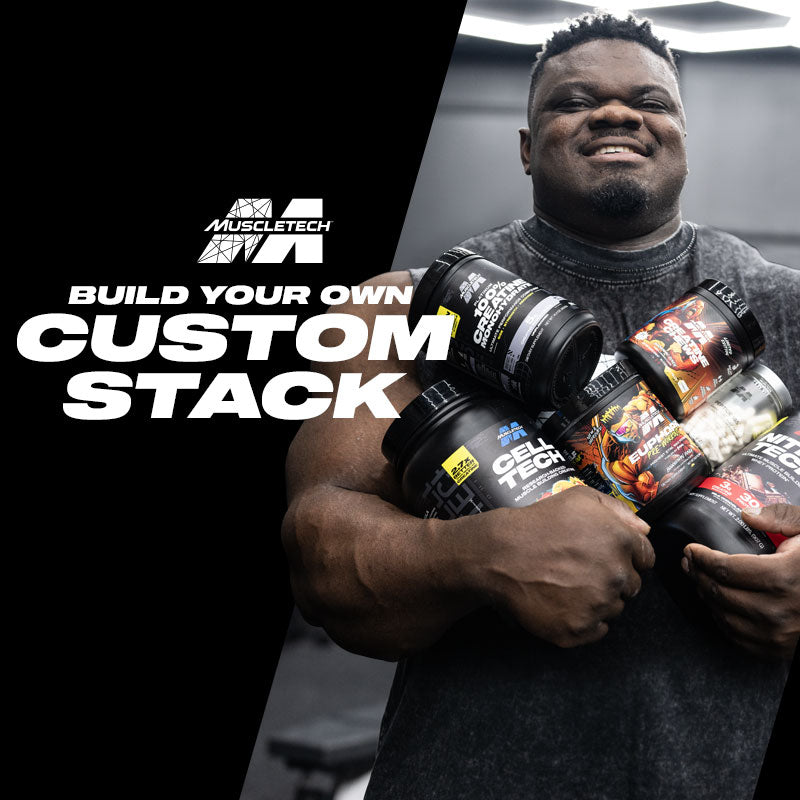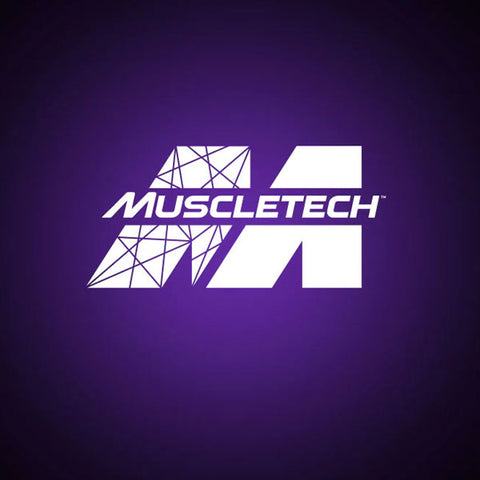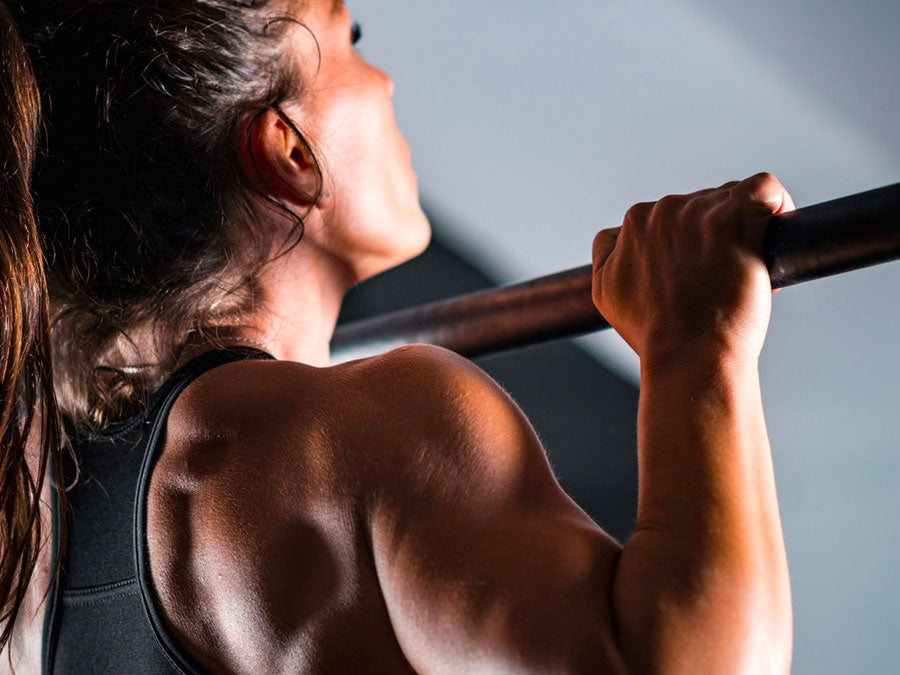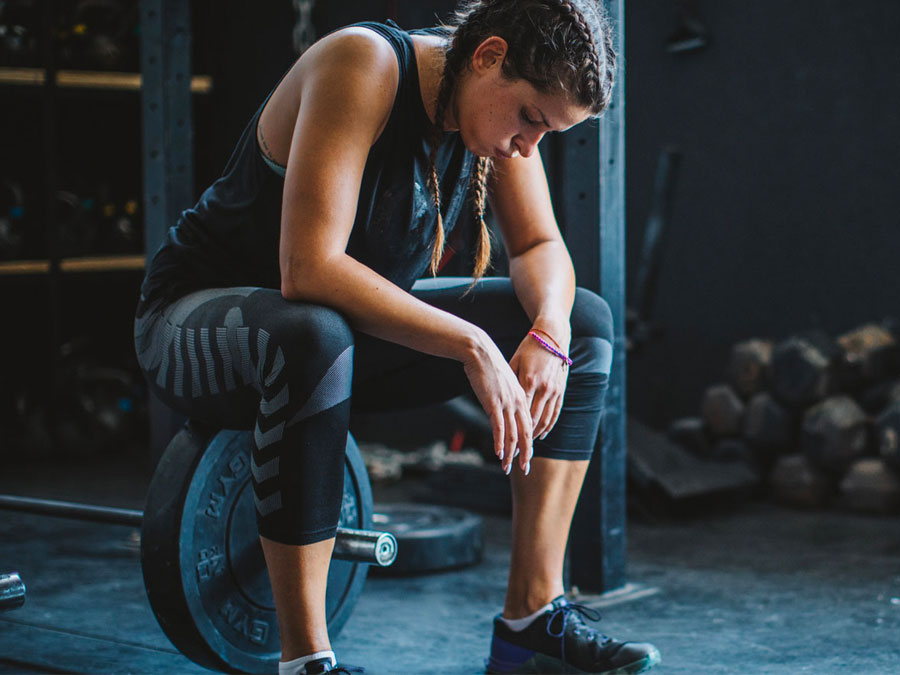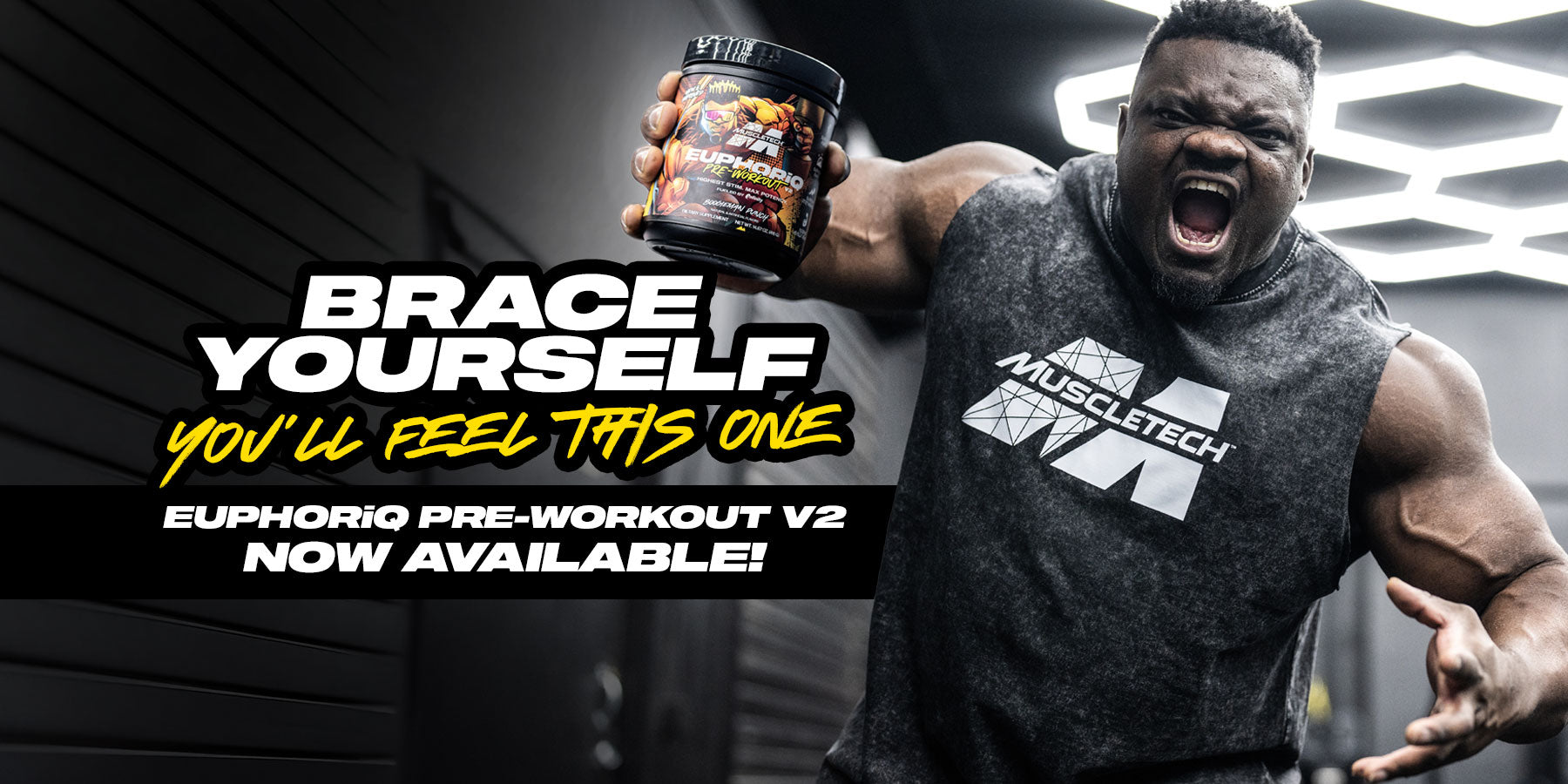However with that said, there’s no doubt that training quads and hamstrings a few times a week will add some size to your wheels and earn you a measure of respect, however don’t forget your calves!
After all, well-developed calves are essential for filling out a pair of shorts and if you’re competing, for providing symmetry for your whole physique.
The problem is that calves are stubborn, and they won’t grow with the stimulus you’re providing them if you’re only training them every 7 days as you might do with your other smaller body parts.
Think about it, you’re on your feet every day – from a physiological standpoint it would appear that calves are built to take some serious punishment! So why only train them as an afterthought 4 or 5 times a month?
That’s why we’ve come up with this comprehensive routine. This routine provides the necessary volume and frequency to make some serious gains below your knees. It’s time to quickly turn your little calves into full grown cows!
Table of content
THE MUSCLETECH CALF PROGRAM – EXERCISES
1. Seated Calf Raises
Use a standard seat calf raise machine for this exercise. If you do not have access to a gym, you can also sit and set dumbbells on your knees. Using the machine, place your thighs under the leg pad, just above your knees and put the balls of your feet on the foot rest, allowing your heels and ankles to hang over the edge.
Disengage the weight lock and lower your heels down to the lowest position in a controlled manner. Ensure you don’t bounce the weight at the bottom – keep these reps slow and controlled. Speed is not necessary here due to the nature of the muscle fibers of the soleus, which are primarily slow-twitch.
Also Read: Get Protein on a Budget
2. Standing Calf Raises
There are a number of ways to do standing calf raises. The easiest is to simply use your bodyweight as resistance and perform them on a stair or ledge. As you progress you can hold a set of dumbbells.
Doing it this way requires massively high volume, but has the advantage of improved balance and ankle stability. The most common standing calf raise is done using the calf raise machine, which is a standard piece of equipment at nearly every gym and can allow you to pile on some serious weight.
Advanced lifters can also perform these with a weighted barbell. Ultimately you should try to add some variation to your workouts and try alternating between machine calf raises and barbell calf raises.
For our purposes, we’ll outline how to do these on the standing calf machine so you can get started. The first thing you need to do with the calf raise machine is adjust it to fit your height. The pads should be at shoulder level.
Resist the urge to place the pads too low – this isn’t a squatting exercise! On the other hand, having the pads too high is not ideal either. You should only have to duck slightly to get under the pads so they rest on your shoulders. Once you have the height adjusted, place the balls of your feet on the foot block.
Start the exercise with your heels down as far as possible in a good stretch. Keep your knees slightly bent (not locked) and rise up quickly onto the balls of your feet and squeeze, moving only at the ankles. Be explosive with this exercise, but don’t bounce around, particularly at the bottom.
Once you have this movement mastered, select the weight that fits where your current level is.
Also Read: Isometric vs Isotonic Exercises
3. Donkey Calf Raises
This is a great gastrocnemius-building exercise that has a unique feel compared to standard calf raises. There are a number of ways to do donkey calf raises.
Some people like to have another lifter (or a couple of pretty girls) sitting on their backs to provide the weighted resistance, but if you’re not so lucky, strap on a loaded dipping belt and stand on a block with your toes on the edge.
Bend at the waist, with your torso parallel to the floor, and lean on a bar, bench or other stationary object and perform the movement like a calf raise. Perform these in a more controlled manner. In one second to lower the weight, no pause, and one second to raise the weight.

THE MUSCLETECH CALF PROGRAM – THE WORKOUT
Volume is key if you want to grow your calf muscles to serious proportions. Case in point, have a look at the calves of athletes who runs with high frequency (like footballers or trail runners).
Even though running is highly catabolic, these athletes have larger calves than most guys at the gym. The key difference is the volume that runner’s calves are exposed to. You’ll need to do calve training 3 times a week in order to shock your calves into new growth.
Priority is another key for growth. You’ll be training calves first right after your warm-up, when your nervous system is still fresh and metabolic waste from training has yet to build up.
If you’re serious about growing these bad boys to an all-new size, you’ll need to give them some special attention. The days of tossing in one set of calf machine raises at the end of your leg workout and calling it a day are over.
On Monday, Wednesday and Friday, perform this routine first, and then proceed to your regularly-scheduled workout programming.
Monday: High-Volume
Superset:
Seated Calf Raises – 3 x 10-5-5 (one set of 10 reps, followed by two sets of 5 reps)
Donkey Calf Raises – 3 x 40
Rest two minutes between each superset.
Then perform:
Standing Calf Raises – 10 x 10
Wednesday: Low-Volume
Triple Drop Standing Calf Raises – 3 x 10-10-10 (drop sets with 30 total reps. Complete 10 to failure, drop the weight, 10 to failure, drop the weight and 10 to failure)
Rest 90 seconds between sets
These sets should be explosive – remember, calves are primarily type II muscle fibers, so explode from the bottom position on these triple drop standing calf raises!
Friday: Repeat Monday’s Workout
If you’re not having trouble walking after Friday’s workout, you’re not challenging yourself with a heavy enough weight on these exercises.
Take 2 days off any direct calf training before repeating this routine the following week. You’re free to train other body parts in the meantime.
Measure your calves before you start this program and then again in about 4 weeks – post your results!
